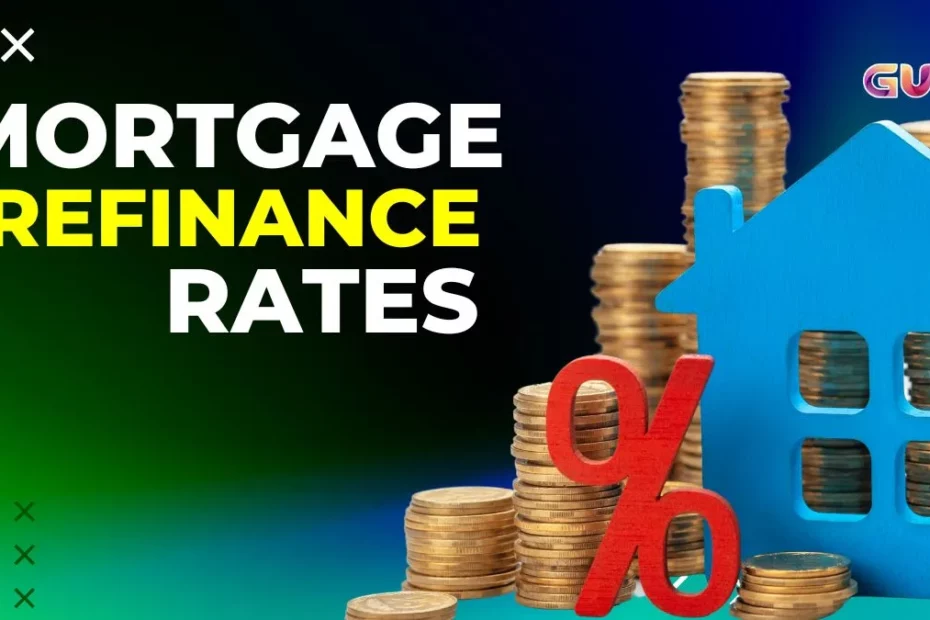Mortgage Rates Today: Mortgage refinance rates declined again this week, signaling a potential opportunity for homeowners to lower their monthly payments or reduce their interest burden over time. The national average rate for a 30-year fixed refinance dropped to 6.91%, down from 6.95% last week, according to data from the Mortgage Research Center.
While still high compared to the pandemic-era lows of 2% to 3%, today’s rates reflect a softening trend that may appeal to homeowners holding onto older, higher-rate loans or those with strong credit profiles looking to tap into better terms.
Latest Mortgage Refinance Rates
| Loan Term | Current Rate | Last Week | Weekly Change |
|---|---|---|---|
| 30-Year Fixed | 6.91% | 6.95% | -0.56% |
| 20-Year Fixed | 6.76% | 6.81% | -0.68% |
| 15-Year Fixed | 5.81% | 5.88% | -1.21% |
| 30-Year Jumbo | 7.33% | 7.63% | -3.91% |
| 15-Year Jumbo | 6.33% | 6.35% | -0.28% |
These reductions are especially notable for borrowers exploring 15- or 20-year refinance options, where lower interest rates can result in dramatic savings on long-term interest.
For example, refinancing a $100,000 loan into a new 15-year mortgage at 5.81% would result in approximately $834/month in principal and interest, with about $50,478 in total interest over the life of the loan—significantly less than with a 30-year refi.
Why Refinance Rates Are Falling
Refinance rates have eased slightly as lenders react to shifting economic signals, inflation uncertainties, and cautious Federal Reserve policies.
While many expected broader rate cuts following the Fed’s actions in late 2024, mortgage rates have remained historically elevated, hovering near 7% for months.
Experts say a combination of persistent inflation, economic ambiguity, and market speculation tied to ongoing policy decisions from the Trump administration have kept rates volatile. However, the recent downtrend may signal improving lender confidence or slowing economic indicators that reduce risk premiums.
Should You Refinance Now?
If your current mortgage rate is significantly higher than today’s averages, refinancing could make financial sense—especially if:
- You’ve improved your credit score to 740+ (ideal for best rates).
- You have a low debt-to-income ratio (ideally below 36%).
- You’re not planning to move soon and can recoup the closing costs through monthly savings.
Additionally, those with FHA, VA, or USDA loans may find streamline refinancing options that come with minimal paperwork and no home appraisal required.
Still, it’s important to compare loan offers from multiple lenders, including banks, credit unions, and online mortgage providers. Each institution uses slightly different criteria, and even a 0.25% difference in APR can save thousands over time.
Refinance with Purpose
Refinancing isn’t just about chasing a lower rate—it’s about aligning your loan with your financial goals. Whether it’s cutting years off your mortgage term, reducing monthly payments, or accessing equity via a cash-out refinance, now may be a smart time to evaluate your options.
As always, consult with a mortgage advisor to understand your break-even point, tax implications, and how today’s refinance rates could impact your overall financial picture.
